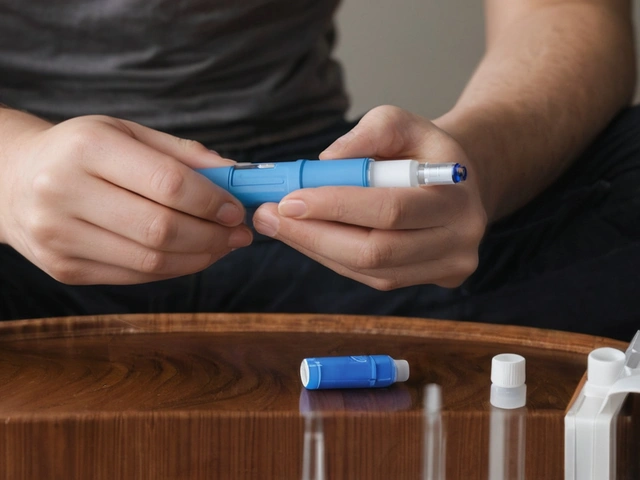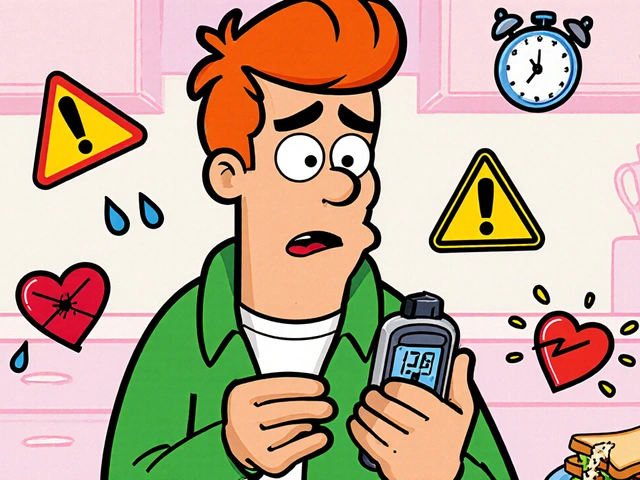Asthma treatment: Practical ways to control symptoms
Asthma attacks can come fast and feel scary. You want clear steps you can use today—simple tools, right meds, and smart habits that cut flare-ups. This guide gives straight answers about treatments, what to expect from each option, and when to get urgent help.
Quick meds guide
Short-acting bronchodilators like salbutamol (Ventolin) work fast to open airways during an attack. Use them as your rescue inhaler and learn proper inhaler technique so the medicine reaches your lungs. Inhaled corticosteroids reduce inflammation when used regularly; they are the main preventive treatment for mild to severe asthma. For patients who still have symptoms, a long-acting bronchodilator is often added, usually combined with an inhaled steroid.
Montelukast is an oral option that helps with allergic and exercise-related asthma for some people. Cromolyn and other mast cell stabilizers are older options that can prevent symptoms if used before exposure or exercise. For severe allergic or eosinophilic asthma, biologic injections such as omalizumab, mepolizumab, or benralizumab can cut attacks and steroid use. These are prescription treatments given under specialist care.
Daily habits that cut attacks
Know your triggers and reduce exposure. Common triggers include smoke, pollen, pet dander, strong smells, cold air, and viral infections. A simple checklist helps: check pollen counts, avoid smoke, wash bedding weekly, and use a HEPA filter if needed. Smoking makes asthma worse for you and anyone nearby. Quit support is a medical priority for people with asthma.
Practice breathing and warm-up routines if you get exercise-induced symptoms. A 10–15 minute gradual warm-up and pre-exercise inhaler dose can prevent attacks. Use a spacer with inhalers if you struggle with timing; spacers improve drug delivery. Keep a written asthma action plan that shows daily meds, how to handle worsening symptoms, and when to call emergency services.
Vaccines matter: flu and COVID shots reduce the risk of infections that often trigger serious asthma flare-ups. Track symptoms with a peak flow meter if your doctor recommends it; falling peak flow numbers often warn of worsening control before you feel worse. Review your medicines at least once a year or more if symptoms change.
Watch for danger signs: severe breathlessness, trouble speaking, blue lips, or no improvement after rescue inhaler use—these need urgent care or emergency services. Side effects exist for every medicine; inhaled steroids can cause thrush if you don’t rinse your mouth, and oral steroids raise blood sugar and infection risk. Always talk to your clinician before changing treatment.
With the right combo of prevention, correct inhaler use, trigger control, and a clear action plan, most people can keep asthma under good control and stay active. If your current plan isn’t working, ask for a review—there are newer options that can make daily life easier.
Don't ignore signs like waking at night with cough or needing your rescue inhaler more often. Those early warnings let you act before an attack gets worse. Talk to your clinician about stepping up treatment or trying a specialist referral.


